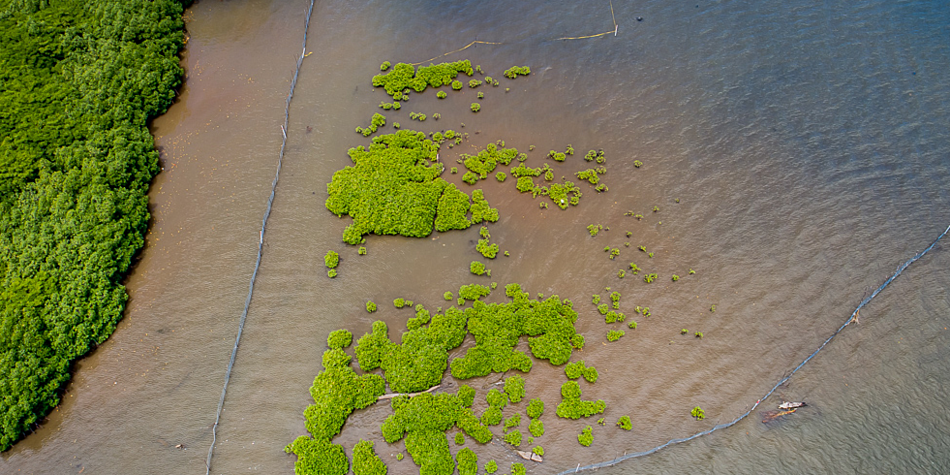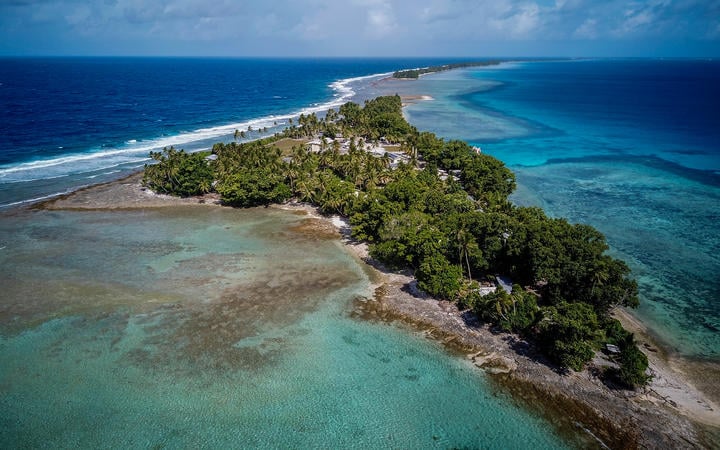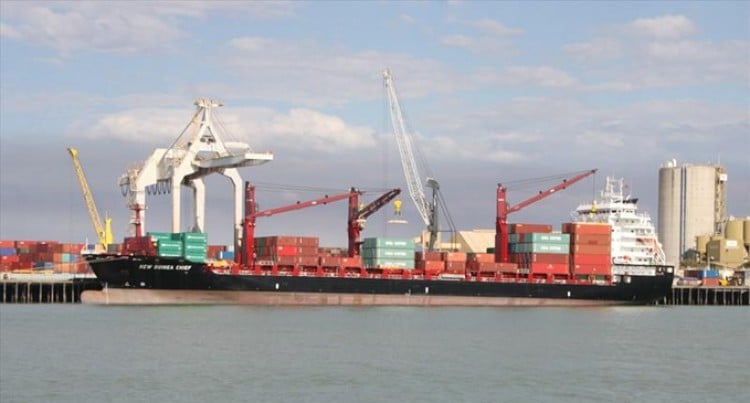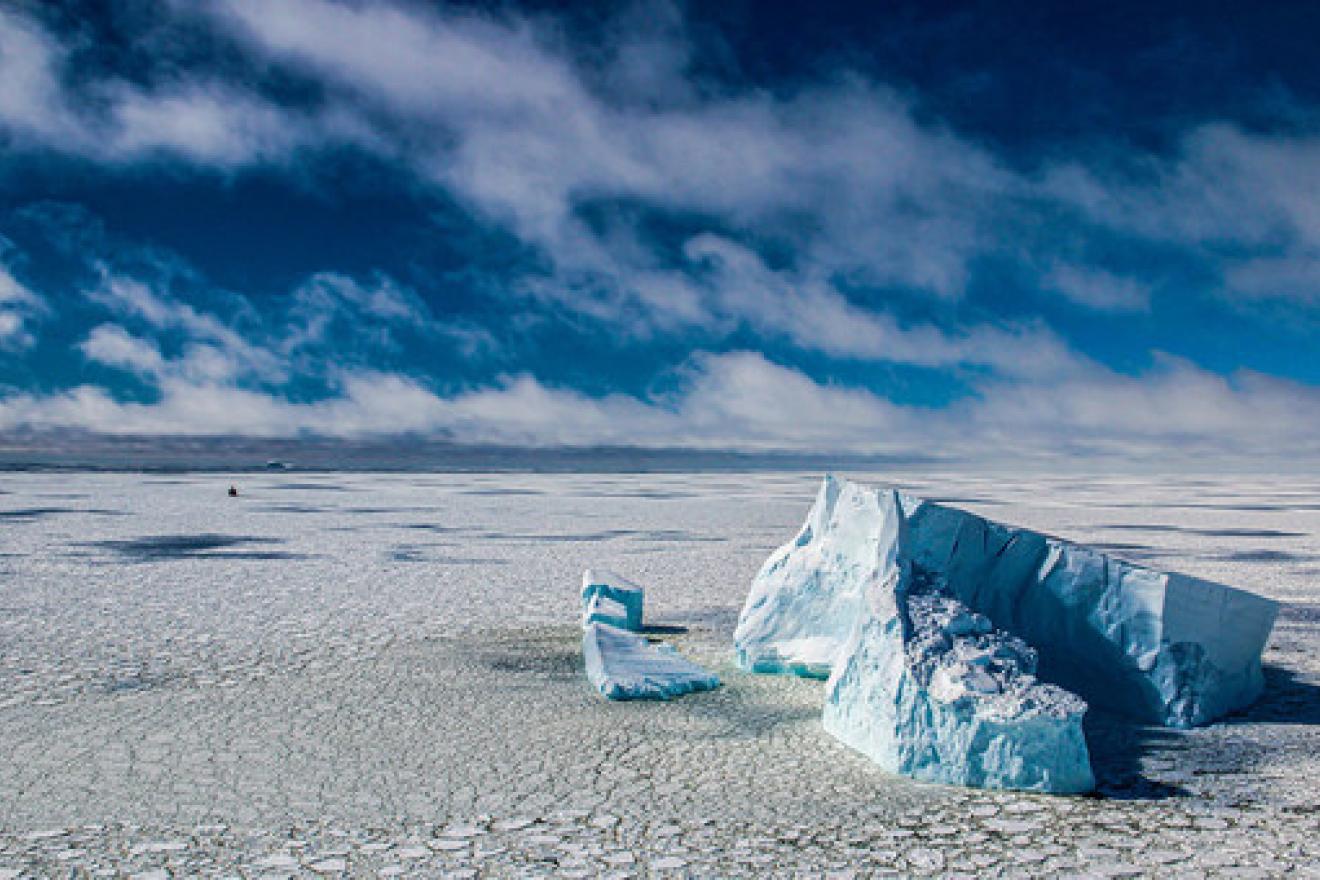Samoa to mitigate greenhouse gas emissions and expand the area of mangrove forests by 2030.
Samoa aims to reduce a significant amount of its greenhouse gas emissions (GHG) by 2030, according to the country’s Nationally Determined Contribution (NDC) plan.
Samoa’s second NDC shows that Samoa emitted a total of 352.03 Gg carbon dioxide equivalent (CO2e) in 2007.
“The energy sector accounted for 50 percent of this total, the agriculture forestry and other land use (AFOLU) sector accounted for 38 percent, the waste sector accounted for 9 percent, and the industrial processes and product use (IPPU) sector accounted for 3 percent,” the NDC plan reads.
According to the NDC plan, predicted increases in extreme weather conditions triggered by climate change, indicates that Samoa will face even greater impacts in the future, in addition to living with the constant threat of earthquakes and tsunamis.
“These impacts, combined with the recent economic shock caused by the ongoing COVID-19 pandemic, are making the Government’s poverty alleviation and national development goals more challenging,” the NDC reads.
In terms of mitigation targets, the energy sector aims to reduce GHG emissions in its sector by 30 percent in 2030 compared to 2007 levels, while the waste sector aims to reduce its GHG emissions by 4 percent in 2030 compared to 2007 levels.
In addition, the AFOLU sector aims to reduce its GHG emissions in its sector by 26 per cent in 2030 compared to 2007 levels.
In terms of adaptation targets, the aim is to expand the area of mangrove forests in Samoa by 5 per cent by 2030 relative to 2018.
“Expanding the area of mangrove forest will help to protect coastal areas and communities against coastal flooding, coastal erosion, and storm surges. It will also provide valuable habitat for fish, help to protect marine ecosystems, and enhance ecosystem services,” the NDC reads.
“Expansion of the area under mangrove forests may be achieved through a large-scale programme to plant and restore mangrove forests.
“The success of mangrove restoration and planting will require technical expertise, external financial support, and consent from various stakeholders (including coastal villages) in order to determine the areas on which mangroves will be planted and how mangroves will be planted and monitored.”
For the AFOLU sector, the aim is to expand the area under agroforestry to an additional 5 percent of agricultural land by 2030 relative to 2018, and manage the use of forest sustainably and increase total forest cover by 2 per cent by 2030 relative to 2013.
“It is expected that expanding agroforestry will be achieved by awareness-raising activities that promote traditional knowledge of agroforestry systems and provide targeted support, including providing seedlings to landholders,” the NDC reads.
“Samoa can support the expansion of agroforestry without the need for external financial support, however, the success of the agroforestry program will require external technical assistance as well as consent from landholders to determine the areas on which trees will be planted and who will be responsible for planting and monitoring the trees.
“It is expected that Samoa can manage forests sustainably gradually and increase total forest cover by developing a program for reforestation and forest restoration. Samoa would require external financial support and technical assistance to develop this programme.
“The expansion of forest area would also require consent from various stakeholders in order to determine the areas on which forest will be planted and who will be responsible for planting and monitoring these areas.”
Both targets require external funding support and technical assistance, according to the NDC plan.
According to the NDC plan Samoa is a Small Island Developing State (SIDS) and its GHG emissions are negligible on a global scale.
“Samoa is highly vulnerable to climate change, due to its geography (with the majority of the population living in low-lying coastal areas), and its reliance on primary industries (agriculture and fishing) which have been particularly impacted by changing weather patterns and natural disasters,” the NDC reads.
“Approximately 22.7 percent of Samoa’s population live below the poverty line, as of 2018.63 Poverty rates have fluctuated over the past ten years, largely due to Cyclone Evan (2012), Cyclone Gita (2018), and the measles epidemic (2019).
“Poverty rates are expected to increase due to the COVID-19 pandemic and its impacts on the tourism sector. Achieving the targets set out in Samoa’s Second NDC will require an investment of large proportions of Samoa’s fiscal budget and public service capacity.
“The country also requires considerable external financial support, capacity building, and technology investment.
Accounting for these national circumstances, Samoa considers its NDC [plan] to be fair and ambitious.
This story was produced by Marc Membrere, published at Samoa Observer on 26 August 2021, reposted via PACNEWS.
A mangrove conservation area in Vaiusu part of wider efforts to reduce Samoa’s carbon footprint. Photo: Samoa Observer




